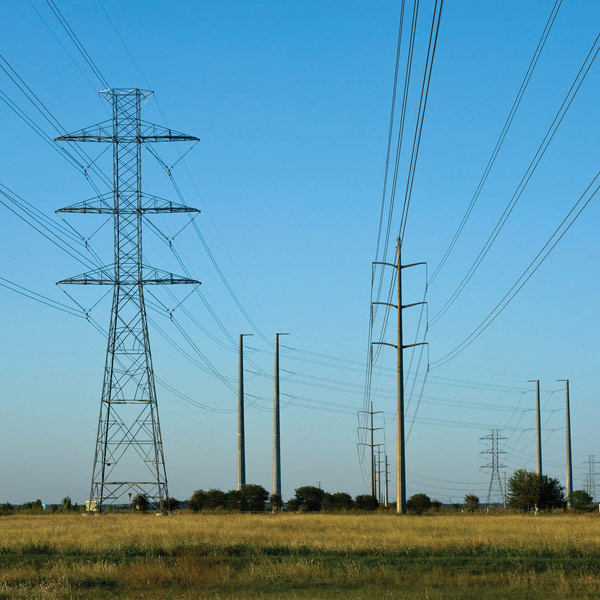By Amanda Durish Cook
MISO’s weekday loads are looking more like weekends as social distancing measures to lessen COVID-19 cases take hold in more states in the footprint.
“We are starting to notice a few impacts,” Vice President of System Planning Jennifer Curran reported during the Markets Committee of the Board of Directors’ Tuesday meeting, conducted via WebEx and teleconference. (See Virus Fear Sends MISO Board Week to the Web.)
Director Tripp Doggett asked if MISO is experiencing more load shapes on par with weekend usage as more people stay home across the footprint.
“In general, it’s going in that direction; the peaks aren’t as prominent,” Executive Director of Market Operations Shawn McFarlane said.
For instance, McFarlane said, morning peaks are flattened absent the usual flurry of activity to get schoolchildren and workers out the door. In its place is a more dispersed demand over the morning hours, he said.
McFarlane said MISO hasn’t yet quantified how much load has declined across the footprint.
“Things have been evolving. Last week, it was only schools closed. Now we have shutdowns in the industrial sector. It’s very fluid at this time. It’s certainly greater than 5% — now it could be even 10%” year-over-year, he said.
Complicating matters, MISO’s load forecasting relies on historical information. “During this unprecedented time, we don’t have historical data,” Curran explained.
MISO Director Theresa Wise called the forecast challenges “completely understandable.”
Independent Market Monitor David Patton said MISO load in the first three weeks of March was about 8% lower than it was a year ago, reflecting the closure of schools and business. “We’ve noticed a significant impact,” he said.
“We expect that load effect to increase, and we’re talking to MISO about the impact. … We do think the learning of their models will improve the forecast,” Patton said, adding that in the meantime, RTO staff have manually adjusted short-term load forecasts.
MISO Director Baljit Dail asked if generators were scheduling maintenance outages to take advantage of the dip in demand as the economy slows.
“Actually, we’re seeing the opposite. We’re starting to see deferrals of planned outages,” Curran said. She said the root cause is likely that utilities are making do with fewer personnel.
Directors asked if MISO anticipates other impacts related to the pandemic.
“It’s early days yet, so we’ll be in constant communication with our members,” Curran said.
The RTO has convened incident response teams focusing on COVID-19 that meet daily and have escalation plans at the ready to protect grid operations, if necessary, Curran said.
“MISO’s top priority is to ensure the safety of its staff and stakeholders and reliability of the bulk electric system,” she said.
Although most MISO employees are working from home, Curran noted that the RTO has operations in four sites in three states: the headquarters and Central Region Operations Center in Carmel, Ind.; the North Region Operations Center in Eagan, Minn.; and the South Region Operations Center in Little Rock, Ark. “So, we have a built-in social distancing,” she said.
Curran said MISO is also working with law enforcement to make sure the RTO’s control room operators can get to and from work as more states order their residents to shelter in place. She also said control rooms are being disinfected more frequently, and MISO has limited access to control rooms to essential personnel only. MISO facilities continue to be closed to visitors through May 1.
“This situation seems to change daily so keep in mind these actions can change or be extended,” Curran said.
Patton also reported Potomac Economics staff are all working remotely.
“We’ve seen no real problems in the functioning of the IMM or the software. Our software is run from a third-party data center, so we didn’t anticipate any impacts there,” Patton said.






